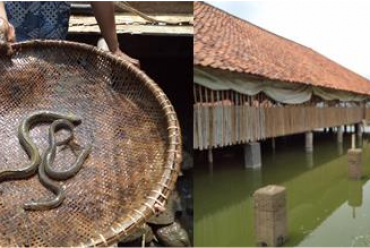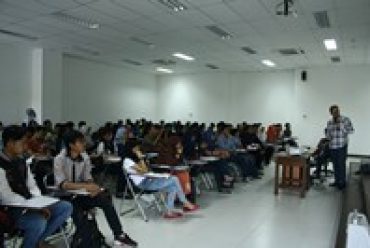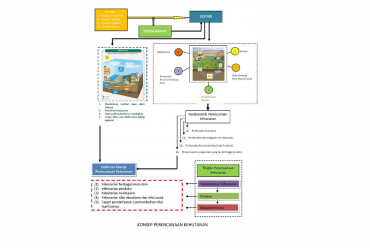Resources partitioning and different foraging behavior is the basis for the coexistence of Thrips hawaiiensis (Thysanoptera: Tripidae) and Elaeidobius kamerunicus (Coleoptera: Curculionidae) on oil palm (Elaeis guineensis Jacq) flower
Journal of Entomology and Nematology : Vol. 5(5), pp. 59-63, August 2013
Tjandra Anggraeni, Suci Rahayu, Intan Ahmad, Rizkita Rachmi Esyanti and Ramadhani Eka Putra.
Indonesia is considered as main producer of oil palm. Oil palm production depends on the pollination process of its flowers. Observation on Indonesian local oil palm (Elaeis guineensis) plantation showed the coexistence between introduced pollinator, Elaeidobius kamerunicus, and native pollinator Thrips hawaiiensis. In order to find the factors responsible for this coexistence, observation on E. kamerunicus and T. hawaiiensis response to volatile produced by flowers, response of insects to volatile, and daily activities was carried out. The result shows that estragol produced by male flowers and farnesol by female flowers highly influenced visitation of both T. hawaiiensis and E. kamerunicus. Furthermore, both species act differently on volatile releasing time indicating mechanism for coexistence. On the other hand, both species also forage in different time based on the average temperature and amount of sunlight. These experiments confirm that the coexistence between E. kamerunicus and T. hawaiiensis is maintained by plant and difference in foraging activities.
Key words: Elaeidobius kamerunicus, Elaeis guineensis, Thrips hawaiiensis, pollination, volatile compounds.




No Comments